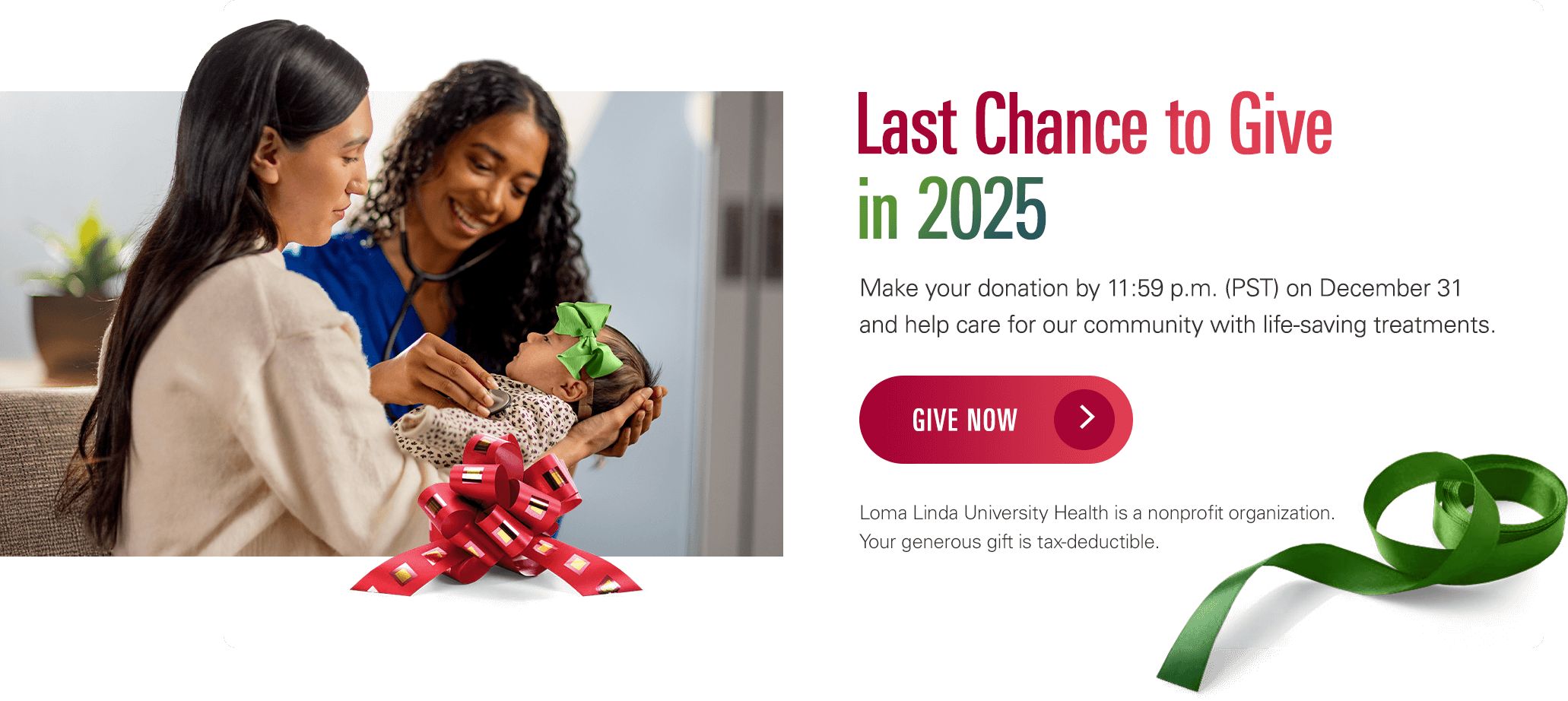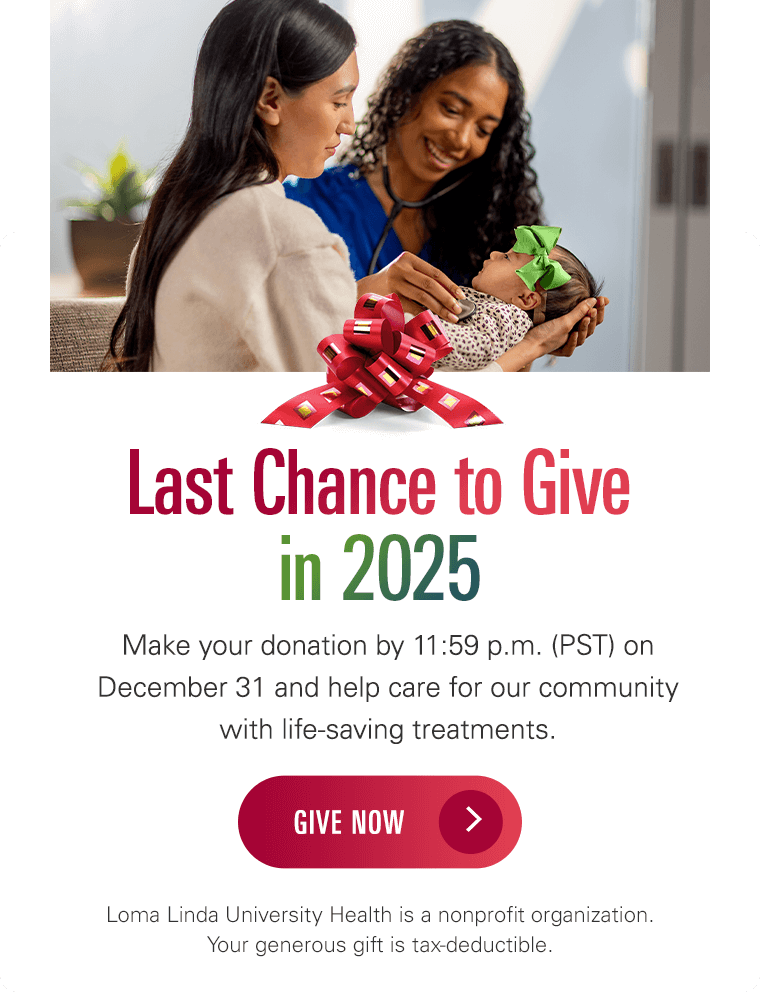Corneal Abrasions in Children
What are corneal abrasions in children?
A corneal abrasion is a scratch on the cornea. This is the clear, dome-shaped surface that covers the front of the eye. Corneal abrasions need medical care right away. This is to prevent vision problems, keratitis (inflammation of the cornea), or corneal ulcers.
What causes a corneal abrasion in a child?
Many things can cause an abrasion to your child’s cornea. The more common causes include:
- Foreign bodies in the eye, such as dirt, pebbles, and insects.
- A scratch from a toy or fingernail.
- Contact lenses that don’t fit or aren’t cleaned and stored as they should be (this may occur in older children).
Which children are at risk for corneal abrasion?
This condition is a common injury in children. Conditions that may increase the risk of corneal abrasions include improper contact lens usage and dry eye. Rubbing eyes repeatedly can also increase risk.
What are the symptoms of a corneal abrasion in a child?
Symptoms can happen differently in each child. They can include:
- Pain and redness in the eye.
- Tears in the eye.
- Pain when your child looks at a light source or bright light (photophobia).
- Lots of blinking of the eye.
- Holding the eye shut. A younger child may be more likely to do this.
The symptoms of corneal abrasion may look like symptoms of other eye issues. Have your child see their health care provider for a diagnosis.
How is a corneal abrasion diagnosed in a child?
Your child’s health care provider will ask about your child’s health history. They will also give your child an eye exam. Your child may receive local numbing (anesthetic) eye drops for the exam.
Your child’s provider may also order a fluorescein stain. For this test, your child’s provider will place a small amount of a dye into your child's eye. This won’t hurt your child. Then your child’s provider will use a special light to look at the surface of the cornea to see if there is an abrasion.
How is a corneal abrasion treated in a child?
Treatment will depend on your child’s symptoms, age, and general health. It will also depend on how severe the condition is.
Most corneal abrasions heal quickly. They often don’t cause any long-lasting (permanent) damage to the eye. Your child’s treatment may include the following:
- Removal of a foreign body. If your child’s health care provider sees a foreign body, they may remove it. They may use a small cotton applicator to do this or wash your child’s eye out with saline.
- Medicine. Your child may get an antibiotic ointment or steroid eye drop for their eye. Give the medicine only as directed, even if the symptoms go away. Don't change the dose, frequency, or how long the medicine should be given. Call your provider if you have questions.
- An eye patch. An eye patch can make your child more comfortable. Your child may need to wear the patch for 12 to 24 hours.
- An assessment by an eye care provider. If your child has a severe corneal abrasion, they have a higher risk for eye damage. They may need to see an eye care specialist (ophthalmologist).
Your child will need follow-up care with their provider to make sure the abrasion fully heals. Check that your child doesn’t rub their eyes. This can make the abrasion worse.
What can you do to prevent a corneal abrasion in your child?
Abrasions can often be prevented. Your child should wear protective eyewear when doing activities that put their eyes at risk, such as sports. Proper hygiene and precautions while using contact lenses are also advised. This includes washing their hands before touching the contact lenses and storing and cleaning them as recommended.
Key points about a corneal abrasion in children
- A corneal abrasion is a scratch on the cornea.
- Most corneal abrasions heal quickly and often don’t cause any long-lasting (permanent) damage to the eye.
- Treatment may include removing a foreign body from the eye, using medicine, or wearing an eye patch.
- Make sure your child doesn’t rub their eyes. This can make the abrasion worse.
- Abrasions can often be prevented. Your child should wear protective eyewear when doing activities that put their eyes at risk. If they wear contact lenses, they should pay careful attention to handwashing and proper lens cleaning and storage.
Next steps
Tips to help you get the most from a visit to your child’s health care provider:
- Know the reason for the visit and what you want to happen.
- Before your visit, write down questions you want answered.
- At the visit, write down the name of a new diagnosis and any new medicines, treatments, or tests. Also, write down any new instructions your provider gives you for your child.
- Know why a new medicine or treatment is prescribed and how it will help your child. Also, know what the side effects are and when you should report them to the provider.
- Ask if your child’s condition can be treated in other ways.
- Know why a test or procedure is recommended and what the results could mean.
- Know what to expect if your child does not take the medicine or have the test or procedure.
- If your child has a follow-up appointment, write down the date, time, and purpose for that visit.
- Know how you can contact your child’s provider after office hours. This is important if your child becomes ill and you have questions or need advice.









